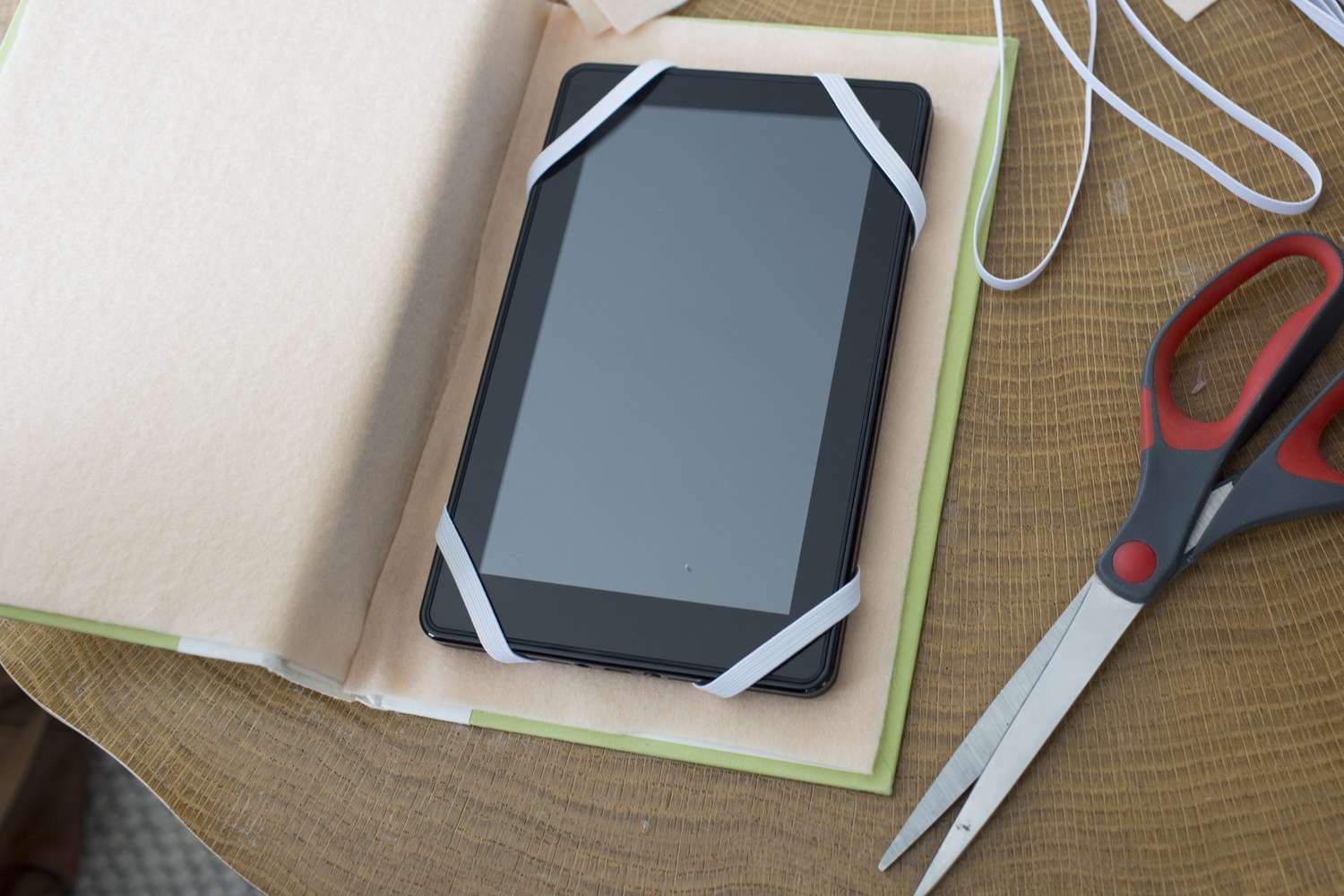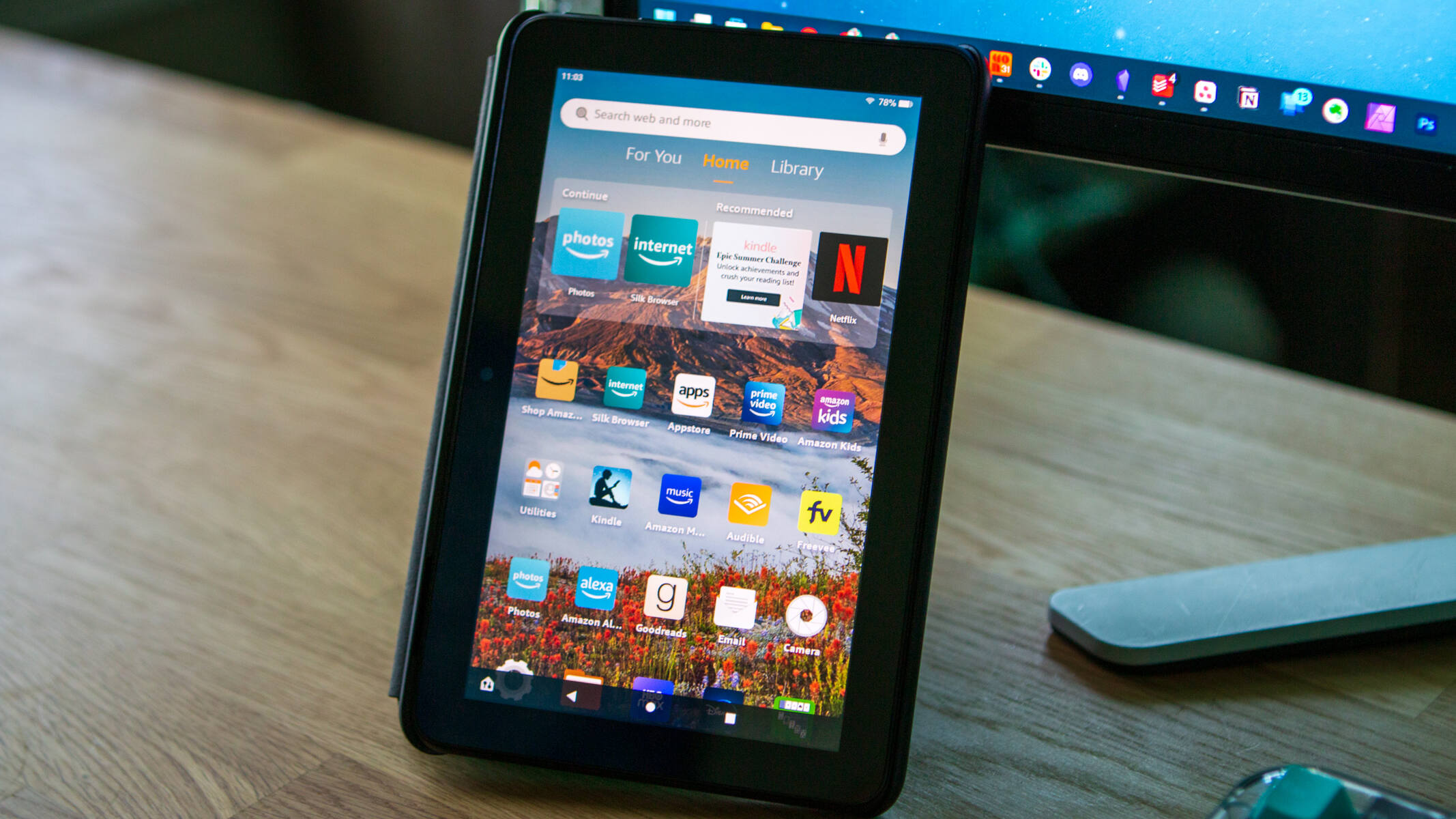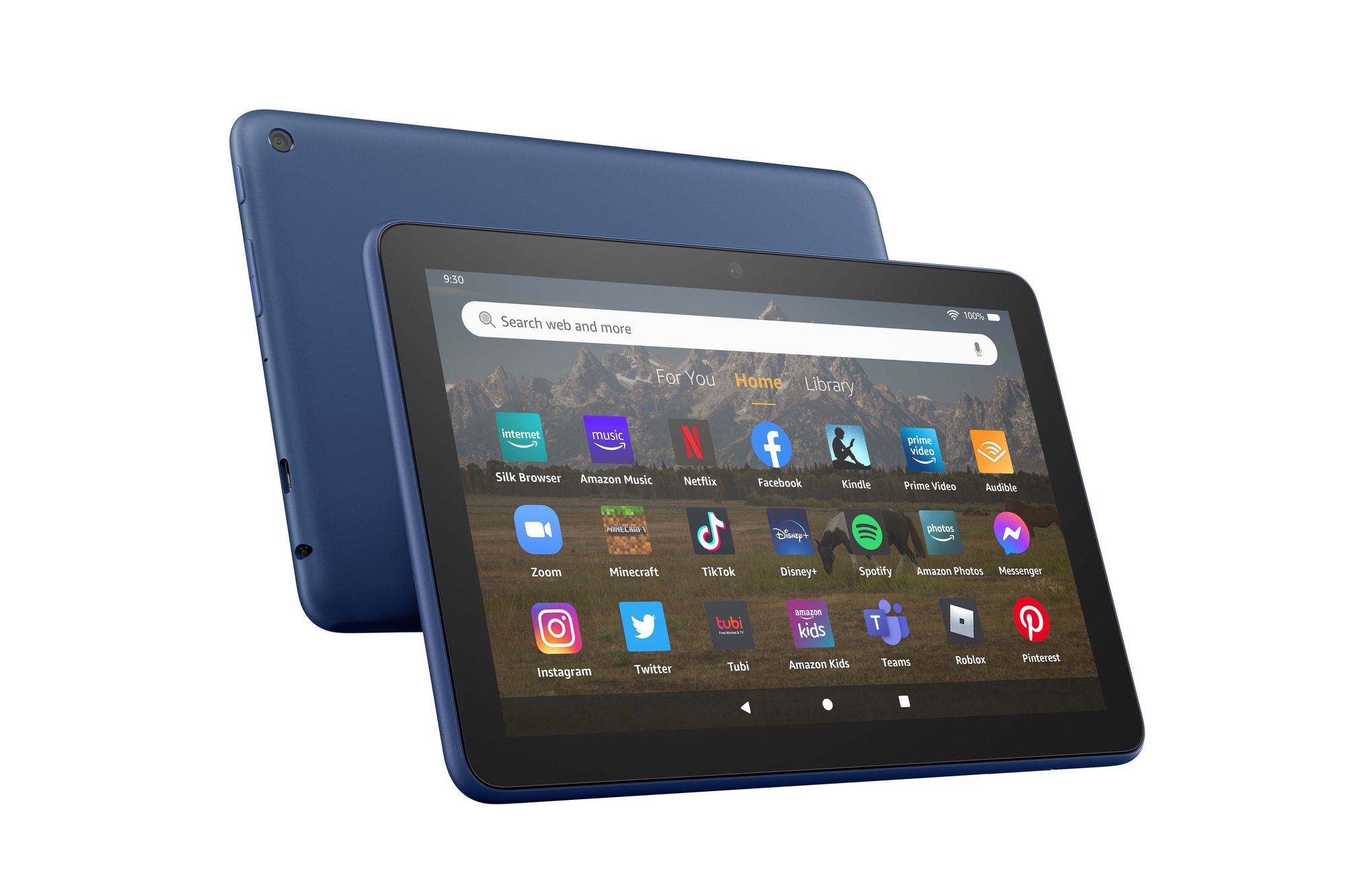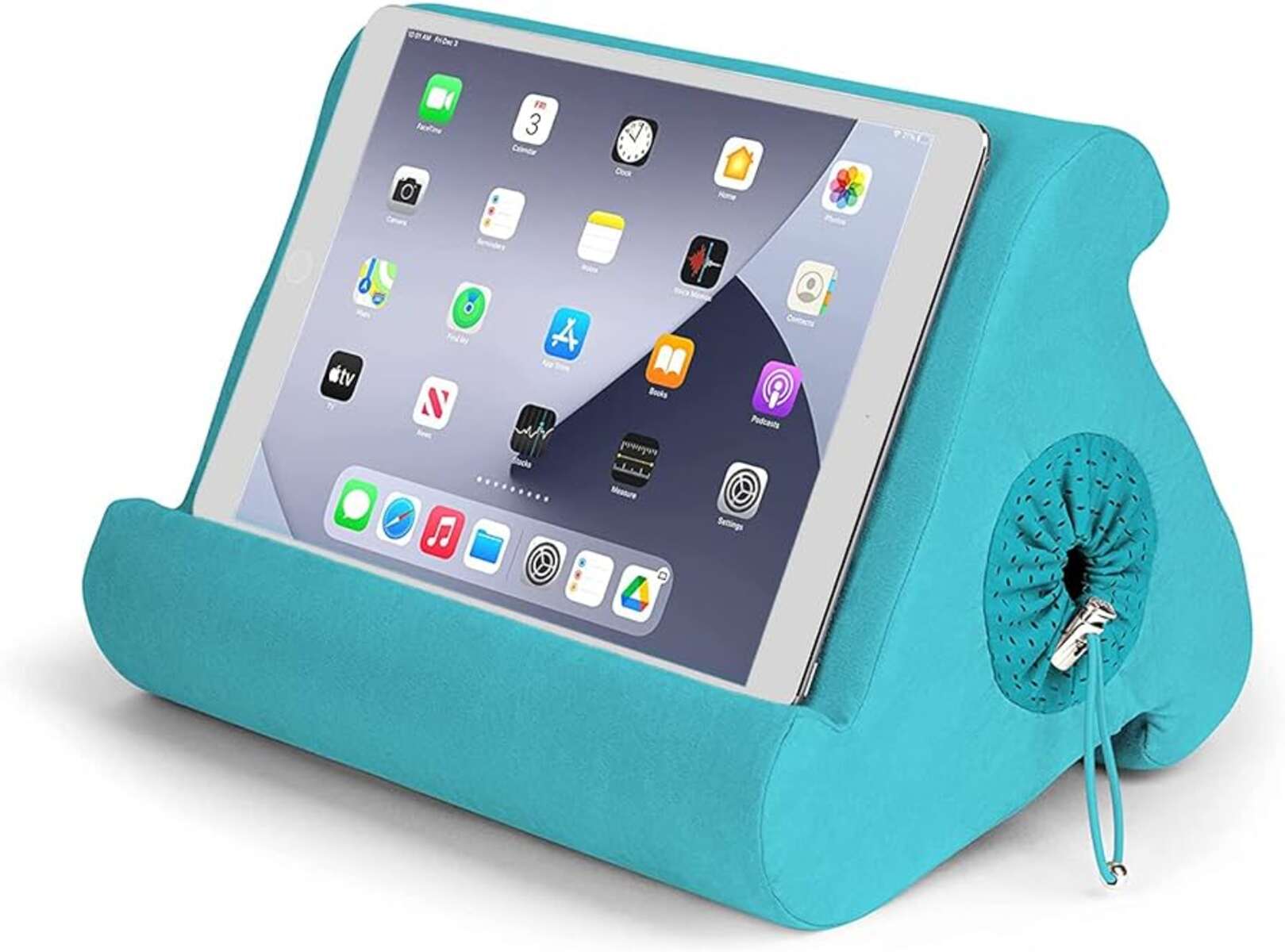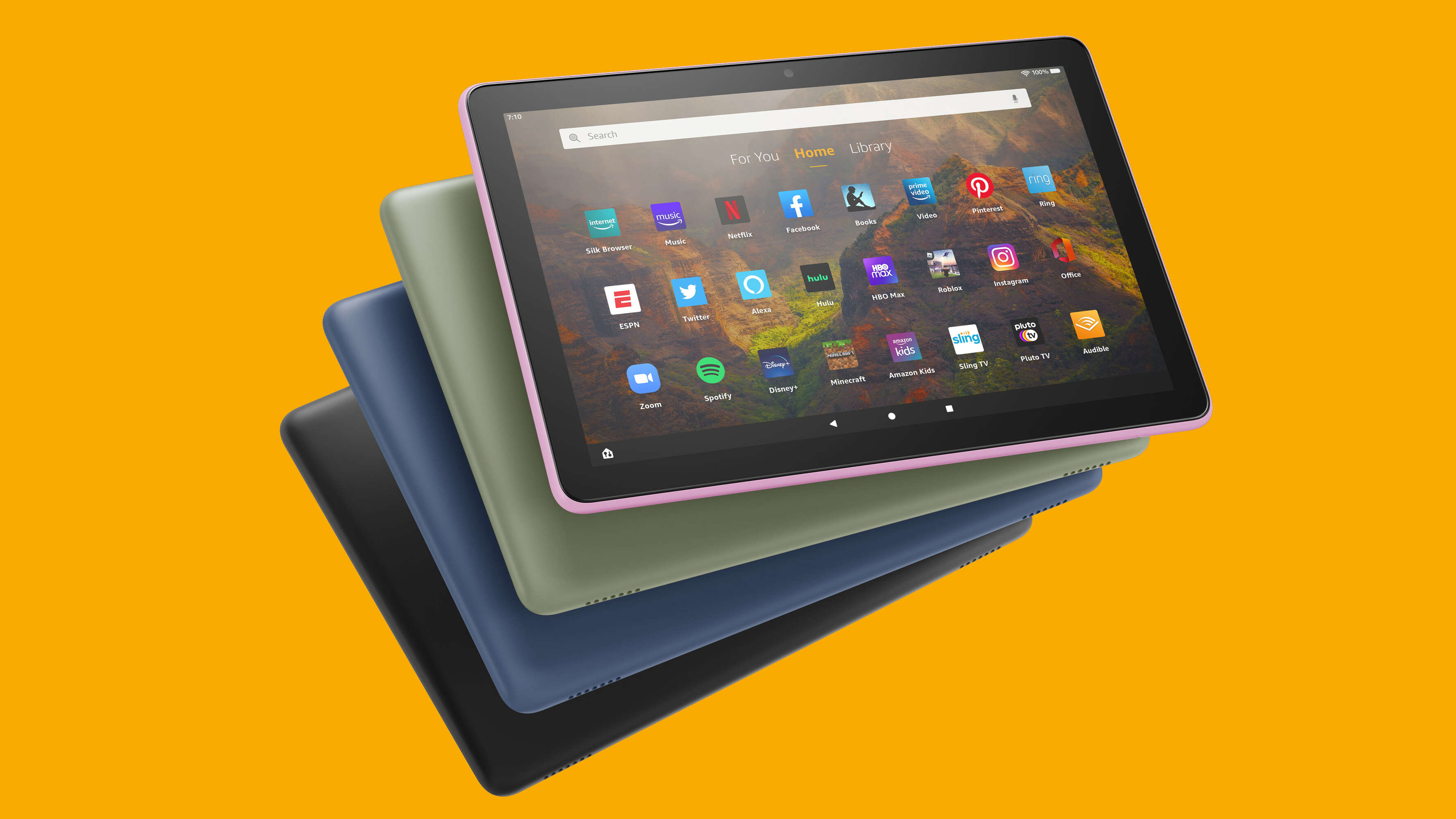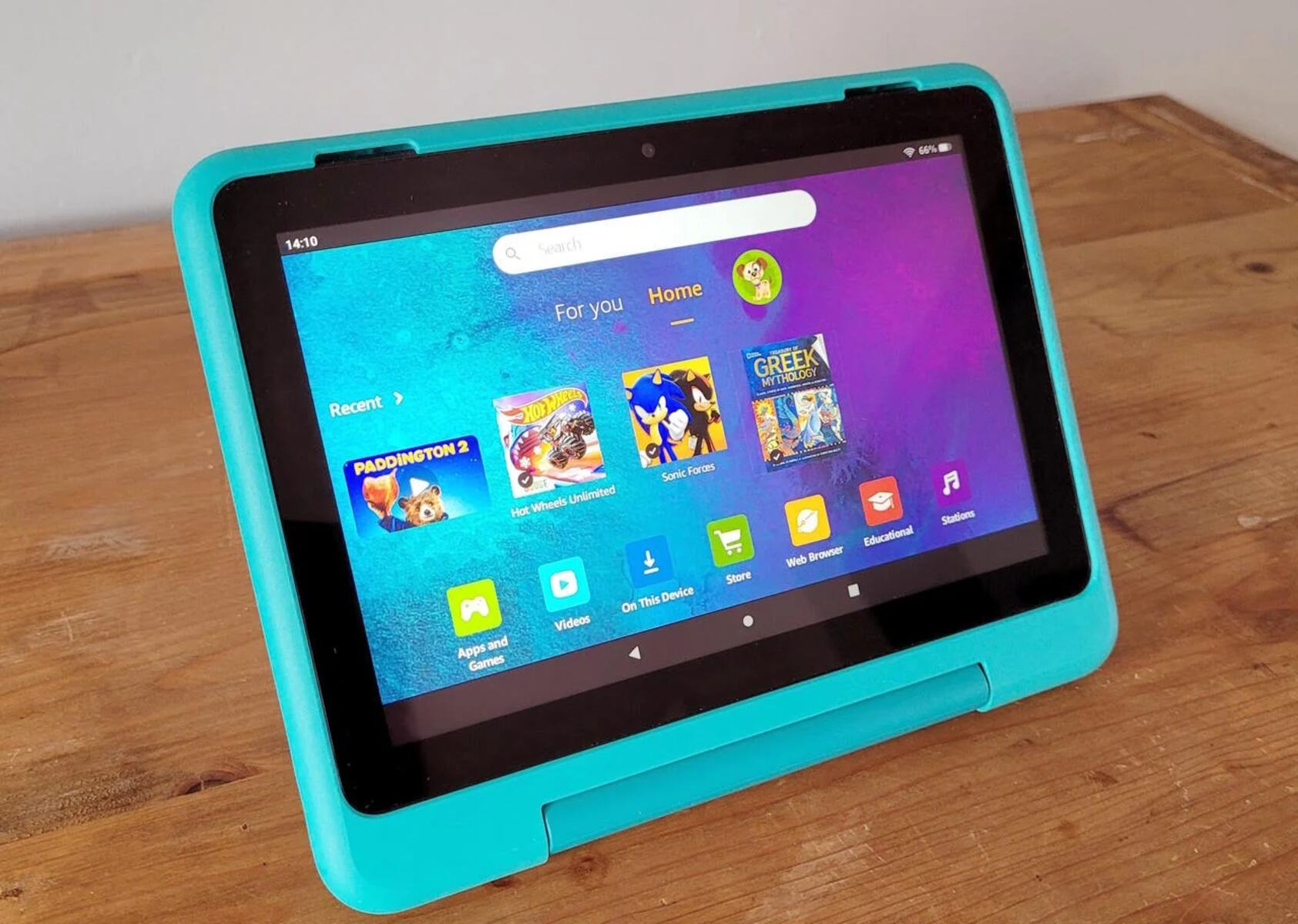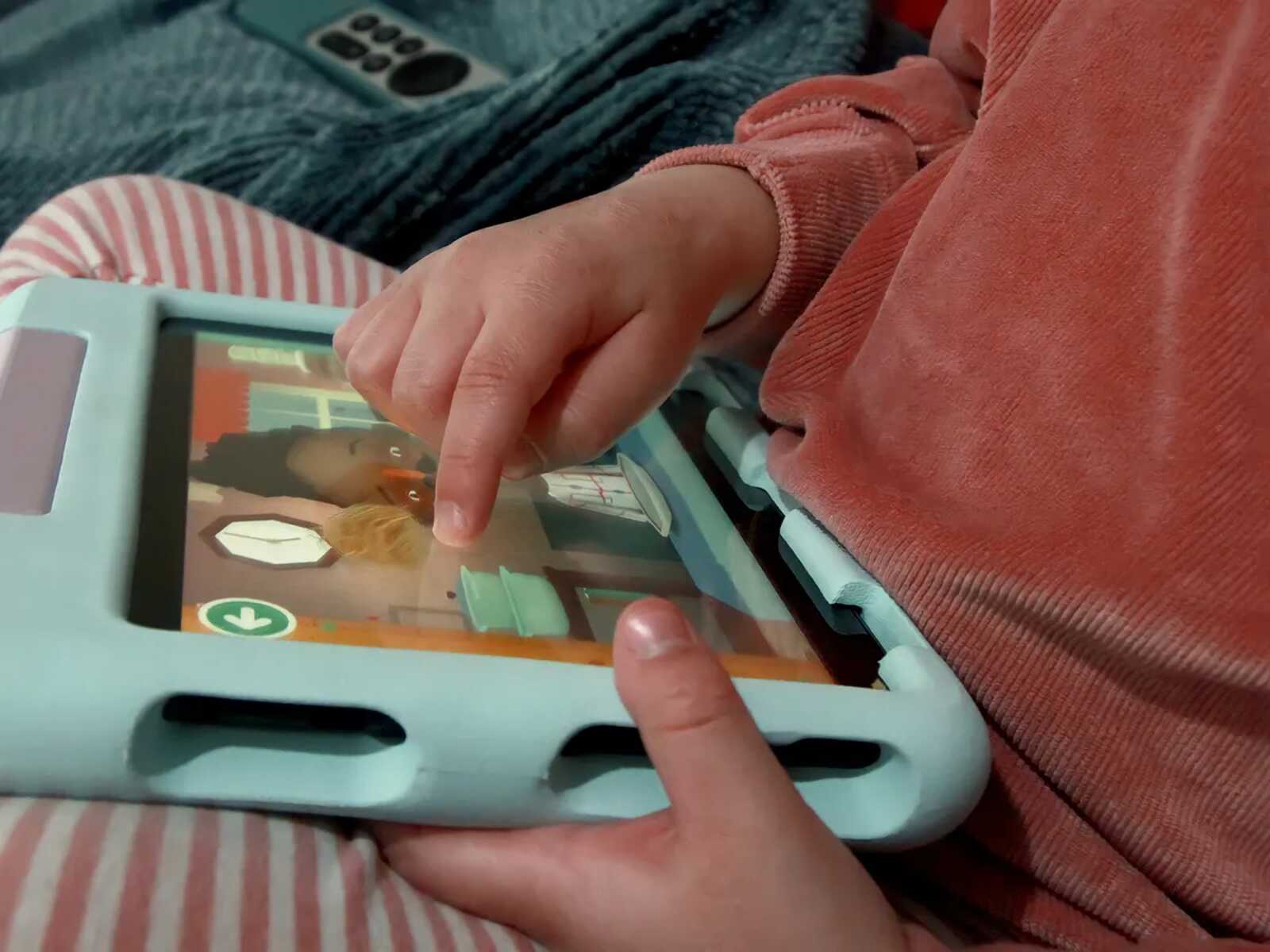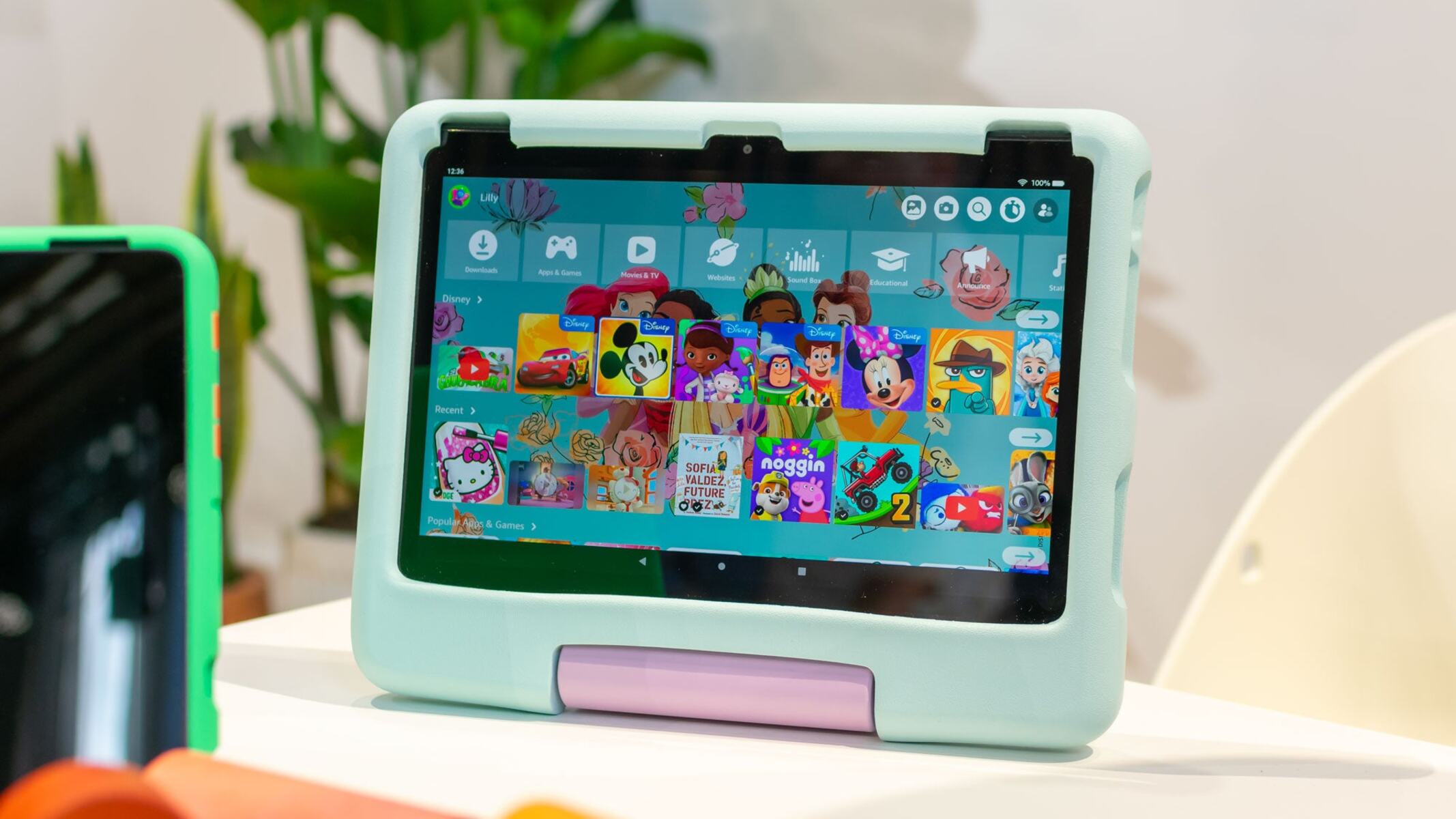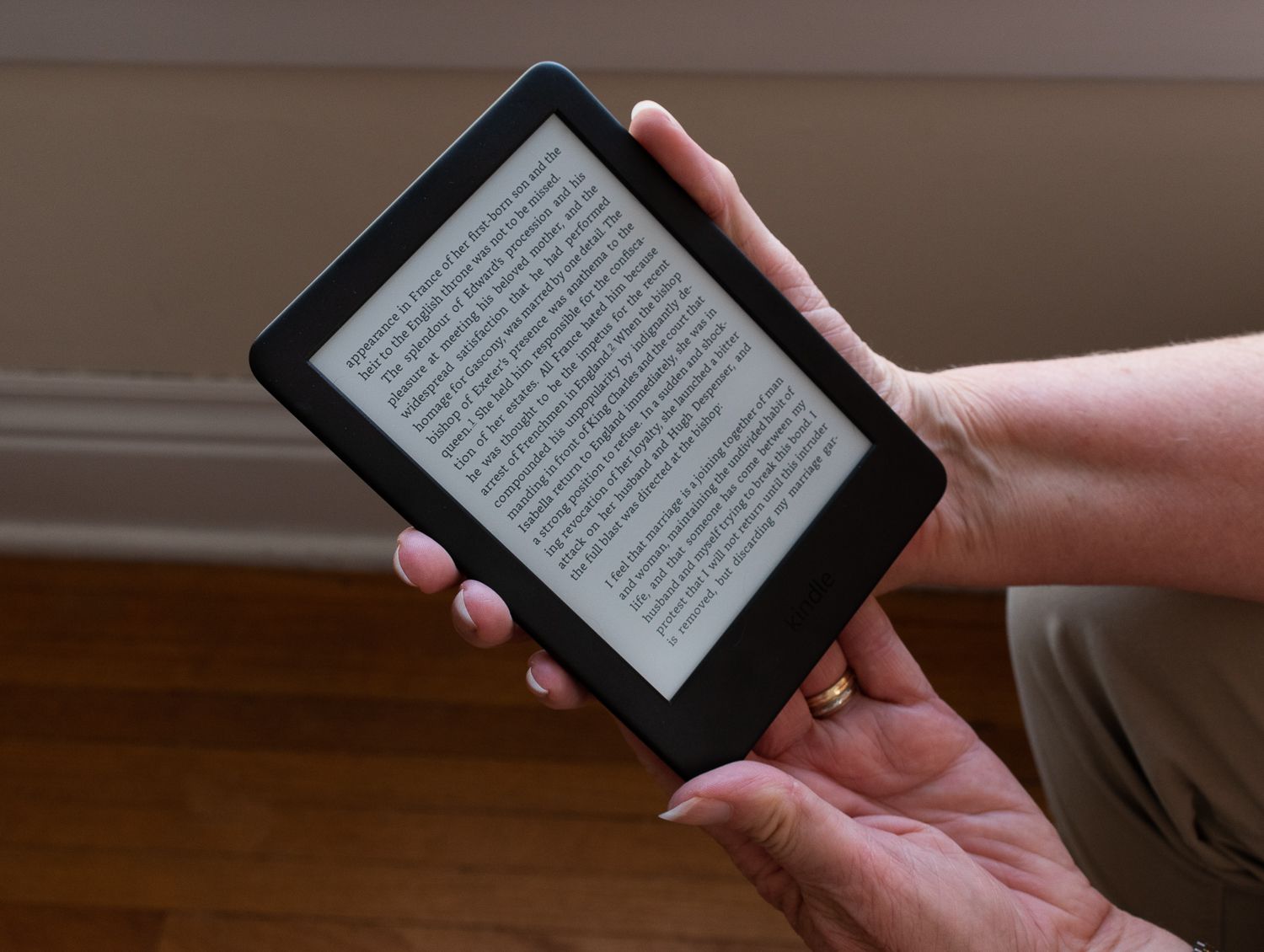Materials Needed
Before you start making a tablet cover at home, make sure you have the following materials ready:
- Fabric: Choose a sturdy fabric that will provide sufficient protection for your tablet. You can opt for cotton, denim, or even faux leather.
- Measuring tape: A measuring tape will help you accurately measure the dimensions of your tablet.
- Scissors: You’ll need a pair of sharp scissors to cut the fabric.
- Sewing machine or needle and thread: If you have a sewing machine, it will make the process faster and more efficient. Alternatively, you can sew by hand with a needle and thread.
- Velcro or buttons: To secure the tablet cover, you’ll need either Velcro strips or buttons.
- Padding material: If you want to add extra padding to your tablet cover, you can use foam or quilt batting.
- Decorative elements: If you wish to personalize your tablet cover, gather any decorative elements such as ribbons, beads, or embroidery thread.
- Pencil or fabric marker: To mark the measurements on the fabric, keep a pencil or fabric marker handy.
- Pins or clips: Pins or clips will help keep the fabric in place during the sewing process.
Having these materials readily available will ensure a smooth and successful tablet cover-making process. Now that you have everything you need, let’s move on to the next step: measuring the tablet.
Step 1: Measuring the Tablet
The first step in making a tablet cover at home is to accurately measure the dimensions of your tablet. This will ensure that the cover fits perfectly and provides optimal protection. Here’s how you can do it:
- Place your tablet on a flat surface, ensuring that it is in the upright position.
- Using a measuring tape, measure the height of the tablet from the top to the bottom. Make a note of this measurement.
- Next, measure the width of the tablet from one side to the other. Jot down this measurement as well.
- If your tablet has any additional protrusions like buttons or a camera, measure their positions and dimensions separately.
- Once you have all the measurements, add an extra 1 inch to both the height and width to account for seam allowance and ease of fitting.
By taking accurate measurements, you can ensure that the tablet cover will fit snugly while still allowing for easy insertion and removal of the tablet.
In the next step, we will discuss how to choose the fabric for your tablet cover based on your personal preferences and needs.
Step 2: Choosing the Fabric
Choosing the right fabric for your tablet cover is essential for both functionality and aesthetics. Here are some factors to consider when selecting the fabric:
- Sturdiness: Opt for a fabric that is durable and can withstand regular use. Fabrics like cotton or denim are good choices as they are sturdy and provide adequate protection for your tablet.
- Thickness: Consider the thickness of the fabric. A slightly thicker fabric will offer better cushioning and protection for your tablet.
- Color and design: Select a fabric that reflects your personal style and preferences. You can choose a solid color or go for a patterned fabric to add a touch of uniqueness to your tablet cover.
- Ease of cleaning: Tablets can get dirty or smudged, so it’s wise to choose a fabric that is easy to clean. Look for fabrics that are machine washable or can be easily wiped clean.
- Texture: Consider the texture of the fabric. Smooth fabrics may be more comfortable for handling, while textured fabrics can add an interesting tactile element to your tablet cover.
Take your time to explore different fabric options and select the one that meets both your practical needs and personal preferences. Remember, the fabric you choose will play a significant role in the overall look and functionality of your homemade tablet cover.
Once you have chosen the fabric, it’s time to move on to the next step: cutting the fabric to the appropriate size for your tablet cover.
Step 3: Cutting the Fabric
Now that you have chosen the fabric for your tablet cover, it’s time to cut it to the appropriate size. Follow these steps to ensure accurate and precise cutting:
- Begin by laying out your chosen fabric on a clean and flat surface.
- Using a fabric marker or a pencil, mark the measurements you took in step 1 onto the fabric.
- For the main body of the tablet cover, cut two rectangular pieces of fabric based on the height and width dimensions of your tablet, adding the extra inch for seam allowance.
- If your tablet has any additional protrusions, such as buttons or a camera, cut out corresponding openings in the fabric to accommodate them.
- For the closure flap of the tablet cover, cut another rectangular piece of fabric that is slightly wider than the width of your tablet cover. The length of the closure flap can be determined based on your preference.
- Double-check your measurements and markings to ensure accuracy before proceeding.
Remember to cut the fabric carefully, following the marked lines, to ensure that your tablet cover will be neatly stitched together. By taking your time and being precise during the cutting process, you can ensure a professional-looking final product.
With the fabric cut to the appropriate size, you are ready to move on to the next step: sewing the fabric to create the tablet cover.
Step 4: Sewing the Fabric
Once the fabric for your tablet cover has been cut to size, it’s time to sew the pieces together. Follow these steps to stitch the fabric and create the structure of the tablet cover:
- Place the two rectangular pieces of fabric for the main body of the tablet cover on top of each other with the right sides facing each other. Pin the edges together to hold them in place.
- Using a sewing machine or a needle and thread, sew along the edges of the fabric, leaving one of the shorter sides open. This open side will serve as the opening for inserting the tablet.
- Trim off any excess fabric and clip the corners to ensure smooth edges when the cover is turned right side out.
- Turn the fabric right side out so that the right side of the fabric is now facing outwards. Use a pencil or something similar to push out the corners for a neat finish.
- Fold the closure flap piece in half lengthwise, so that the wrong sides are together, and press it flat with an iron if necessary.
- Align the raw edges of the closure flap with the top edge of the tablet cover, making sure it is centered. Pin it in place.
- Sew along the top edge, securing the closure flap to the tablet cover.
Ensure that your stitches are even and secure to create a sturdy tablet cover. Additionally, backstitch at the beginning and end of your seams to prevent unraveling.
Once the fabric is sewn together, your tablet cover is beginning to take shape. In the next step, we’ll explore adding extra padding for enhanced protection.
Step 5: Adding Extra Padding
To provide additional protection for your tablet, you can add extra padding to the tablet cover. Follow these steps to incorporate padding into your homemade tablet cover:
- If you wish to add padding to the main body of the tablet cover, cut a piece of foam or quilt batting slightly smaller than the measurements of the tablet cover.
- Insert the padding between the two layers of fabric, ensuring that it is centered and aligned with the edges.
- Pin the layers together to hold the padding in place.
- Using a sewing machine or needle and thread, sew along the edges of the tablet cover, securing the layers and encapsulating the padding within.
- If you prefer to have padding only in specific areas of the tablet cover, such as around the edges or back, cut smaller pieces of padding and sandwich them between the layers of fabric in those areas. Sew the layers together accordingly.
Adding extra padding will help cushion your tablet against accidental bumps and impacts. Make sure to choose a padding material that provides sufficient protection without making the tablet cover too bulky or cumbersome.
With the padding incorporated, your tablet cover will offer an extra layer of protection for your device. In the next step, we will discuss how to attach Velcro or buttons to secure the tablet cover.
Step 6: Attaching Velcro or Buttons
Securing your tablet cover is an important aspect of its functionality. You can choose to use either Velcro strips or buttons to keep the cover securely closed. Follow these steps to attach Velcro or buttons to your tablet cover:
- If you’re using Velcro, start by cutting two small strips of Velcro. One strip should be attached to the inner side of the closure flap, and the other strip should be attached to the corresponding area on the front of the tablet cover.
- Align the Velcro pieces so that they will meet and fasten together when the cover is closed. Sew the Velcro strips onto the fabric securely.
- If you prefer using buttons, mark the positions where you want the buttons to be attached. Ensure that they will align correctly when the cover is closed.
- Sew the buttons onto the appropriate areas of the tablet cover. Make sure they are firmly attached but not too tight to make the closure difficult.
By attaching Velcro or buttons to your tablet cover, you can ensure that it stays securely closed, protecting your tablet from dust, scratches, and accidental openings even when you’re on the go.
With the closure method in place, your tablet cover is almost complete. In the next step, we’ll explore ways to decorate and personalize your homemade tablet cover.
Step 7: Decorate and Personalize
Adding your personal touch to the tablet cover can make it unique and reflect your style. Here are some ideas to decorate and personalize your homemade tablet cover:
- Embroidery: Consider adding decorative embroidery stitches to the fabric. You can create intricate patterns, monograms, or even simple embellishments.
- Appliqué: Attach fabric or felt cut-outs to the tablet cover using stitches or fabric glue. This allows you to add fun shapes, symbols, or even your initials to the cover.
- Ribbons and trim: Incorporate ribbons or decorative trim to the edges or corners of your tablet cover for an added touch of elegance or playfulness.
- Patchwork: If you have fabric scraps or remnants, create a patchwork design by sewing them together to make a unique pattern for your tablet cover.
- Fabric paint or markers: Use fabric paint or fabric markers to draw or paint designs directly onto the fabric. You can create patterns, symbols, or even personalized artwork.
Allow your creativity to flow and experiment with different techniques and materials. The goal is to make your tablet cover visually appealing and representative of your personal style.
Remember to consider the color scheme and overall theme to ensure that the decorations harmonize with the fabric and the function of the tablet cover.
Now that you’ve decorated and personalized your tablet cover, it’s time for the final touches and finishing in the next step.
Step 8: Final Touches and Finishing the Cover
Now that you’ve reached the final step of creating your homemade tablet cover, it’s time to add the finishing touches to complete the project. Follow these steps to give your cover a polished look:
- Trim any loose threads or stray fabric to ensure a neat appearance.
- Inspect the seams of the tablet cover to ensure they are secure and without any missed stitches or loose ends. Reinforce any areas as needed.
- Give the tablet cover a final press using a warm iron, taking care not to iron directly over any decorations or embellishments.
- Try inserting your tablet into the cover to ensure that it fits well and does not slide out unintentionally.
- Make any necessary adjustments or modifications to the closure or sizing if needed.
By paying attention to these final details, you can perfect the appearance and functionality of your homemade tablet cover.
Once you are satisfied with the overall look and feel of the tablet cover, it’s time to celebrate your accomplishment!
Now that you have completed all the steps, your tablet cover is ready to provide protection and style to your device. Enjoy the satisfaction of using a custom-made cover that reflects your personal taste and creativity.
Remember to share your creation with others and inspire them to embark on their own DIY tablet cover project.
Conclusion
Congratulations! You have successfully learned how to make a tablet cover at home. By following the step-by-step instructions, you have created a custom and personalized cover that not only protects your tablet but also showcases your creativity.
Throughout the process, you have gathered the necessary materials, measured your tablet, chosen the fabric, cut and sewed the fabric together, added extra padding, attached Velcro or buttons for closure, decorated and personalized the cover, and added the final touches.
By making your own tablet cover, you have the freedom to choose the fabric, customize the design, and add extra features such as padding for enhanced protection. You can also tailor the cover to perfectly fit your tablet’s measurements, ensuring a snug and secure fit.
Not only is creating a homemade tablet cover a fun and enjoyable DIY project, but it also allows you to save money compared to purchasing a pre-made cover from a store. Additionally, you have the satisfaction of knowing that your tablet cover is one-of-a-kind and reflects your personal style.
Feel free to experiment with different fabrics, colors, and embellishments to create unique tablet covers for yourself or as thoughtful gifts for your loved ones. With your newfound skills, you can even explore making covers for other devices such as e-readers, laptops, or smartphones.
So go ahead and show off your DIY tablet cover with pride. Enjoy the protection, style, and functionality that it brings to your device. Happy crafting!







